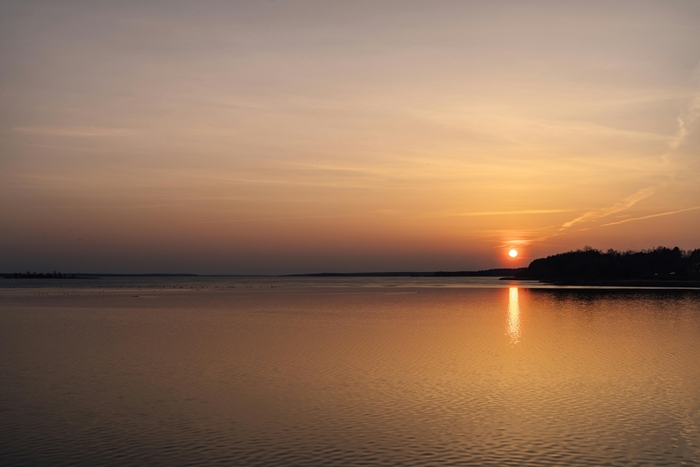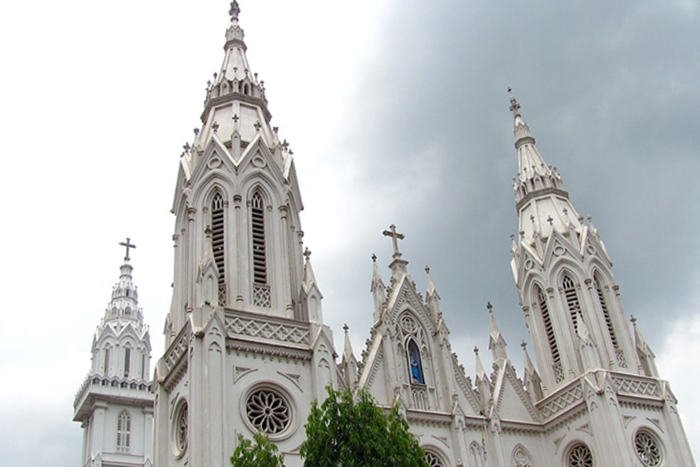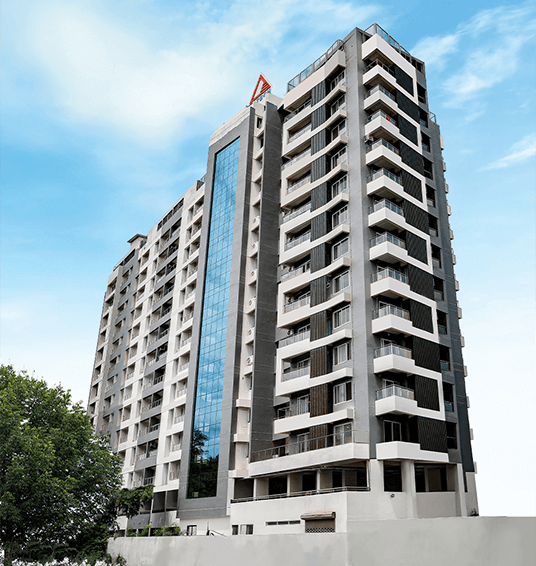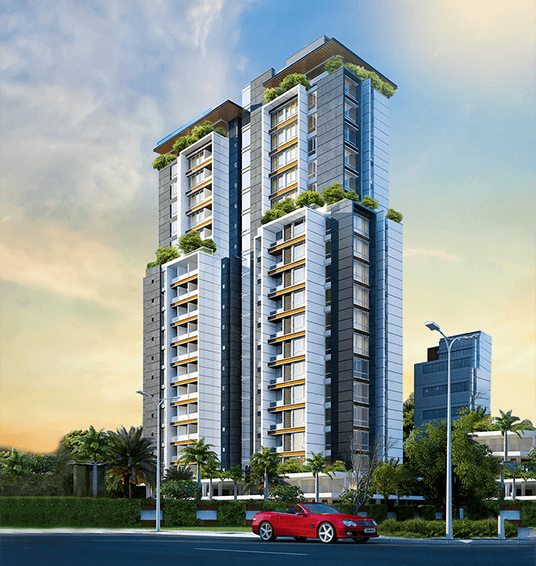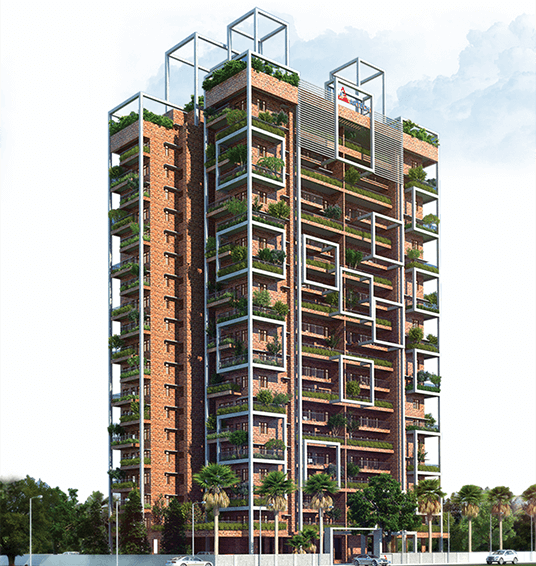
One thing is for sure and that’s that the 20th century was surely the century for high-rise buildings. And how do you define high-rise buildings? – Simply put they are buildings greater than 75 feet or 7-10 story high buildings. A building is also termed as a high-rise when it’s out of the maximal reach of fire fighters.
Majority of the tall buildings in India are constructed in Mumbai with about 25,000 already in existence and many more approved for construction. Tall buildings are the dominating symbols of the skylines of big cities and are becoming increasingly man-made marvels, what with mans increasing quest of defying gravity and touching the skies! With every passing decade, the height of buildings has been increasing exponentially; technological advances are being incorporated into building constructions and factors such as wind, gravity and earthquake resistance are being given greater importance. Currently the Burj Khalifa is considered the world’s tallest building with a whopping height of 830 meters!
In Kerala, cities like Kochi, Kozhikode, Kollam, Thrissur and Trivandrum are becoming increasingly inundated by high-rises. It could be due to an increasing population attracted there by the possibilities of greater business activities along with the comforts of having more amenities that are available in cities.
High-rise structures are also called ‘vertical cities’ and provide a practical way of decongesting urban sprawl. Currently, Indian cities are undergoing increasing inundation by indigenes from the rural areas in search of jobs, education and better facilities. This puts immense pressure on the demand for housing, leading to spiraling property costs. Educational institutes, health centers, industries and commercial activities all attract people from surrounding habitations and into the cities. This leads to expansion in all aspects of the city; the bad part is that there is increased congestion, pollution, competition as well as deforestation as the city tries to expand horizontally first.
The lack of horizontal space however, leading to a potential breaking point has led builders to the brilliant solution of building vertically. As with all things good, this solution has also been criticized with many lamenting the loss of the old way of life with the introduction of these tall oppressive buildings that lower the quality of the urban dwellers natural social life. There may be a point there as high-rises do come with their own shortcomings; but with the modern realtors, even these shortcomings are finding adequate solutions now. In large cities where properties are expensive, the buildings logically grow upwards. In smaller towns where land is cheaper, it’s more logical to have horizontal growth; and you won’t be finding high-rises there for sure!
So by strategically increasing the number of homes per plot of land, cities can go a long way in withstanding population growth, while leaving some amount of land free for creating recreational parks for its citizens. This makes the city a great place to live in.
Also, when development happens vertically, it minimizes the physical footprint, while accommodating a greater a number of families as when compared to horizontal expansion. In this way tall buildings leave far more space for public spaces, agricultural land as well as virgin forests.
Thus, commercial and residential high-rises leave precious grounds free for greenery which supports life and social vibrancy.




